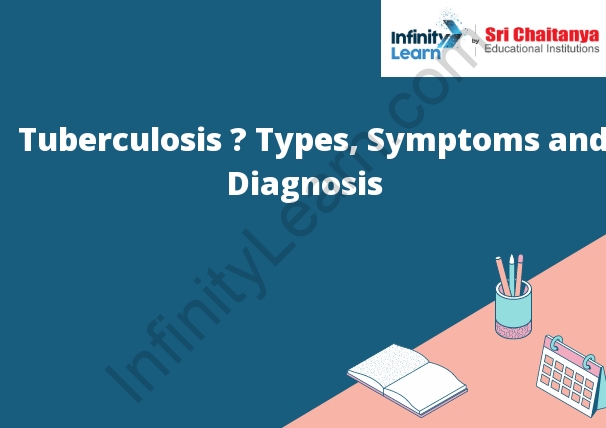Table of Contents
Introduction of Tuberculosis
Tuberculosis is a bacterial infection that affects the lungs. It is spread through the air when an infected person coughs or sneezes. Tuberculosis can also spread through contact with infected blood, urine, or other body fluids. The infection can damage the lungs and other organs.

Types of Tuberculosis
Tuberculosis is a bacterial infection that most often affects the lungs. It can also affect other parts of the body, such as the brain, spine, and kidneys. Tuberculosis is spread through the air when an infected person coughs, sneezes, or speaks. It is a serious disease that can be deadly if not treated.
Tuberculosis Symptoms
TB symptoms can vary depending on where in the body the infection is located. However, many people with TB experience a combination of the following symptoms:
Coughing that lasts for more than three weeks
Chest pain
Shortness of breath
Fatigue
Unexplained weight loss
Night sweats
Loss of appetite
Rash
In addition, people with TB may also experience flu-like symptoms, such as fever, chills, and muscle aches.
Tuberculosis Diagnosis
There are a variety of ways to diagnose tuberculosis, including a skin test, chest x-ray, and a sample of sputum. A skin test involves injecting a small amount of tuberculin, a purified protein derivative, under the skin on the forearm. If the person has been infected with tuberculosis, a raised, reddish bump will form within 48 to 72 hours.
A chest x-ray can also be used to diagnose tuberculosis. This test involves taking an x-ray of the chest to look for changes in the lungs that may be caused by tuberculosis.
A sample of sputum can also be used to diagnose tuberculosis. This is a sample of saliva and mucus that is coughed up from the lungs. The sample is sent to a laboratory to be tested for the presence of tuberculosis bacteria.
Tuberculosis Treatment
Treatment for tuberculosis (TB) usually involves a combination of drugs. The most common drugs used to treat TB are isoniazid (INH), rifampin (RIF), pyrazinamide (PZA), and ethambutol (EMB). Treatment usually lasts 6 months.
DOTS
DOTS is an acronym for Directly Observed Treatment, Short-course. It is a public health strategy used to treat and prevent tuberculosis (TB) worldwide. The treatment is free and widely available in most countries.
DOTS is a five-part strategy that includes:
1. Finding all people with TB and getting them into treatment.
2. Offering short, nine-month courses of treatment that are directly observed, so that patients complete the full course of treatment.
3. Providing quality-assured drugs and supplies.
4. Training and supporting TB health workers.
5. Monitoring and evaluating the program.









